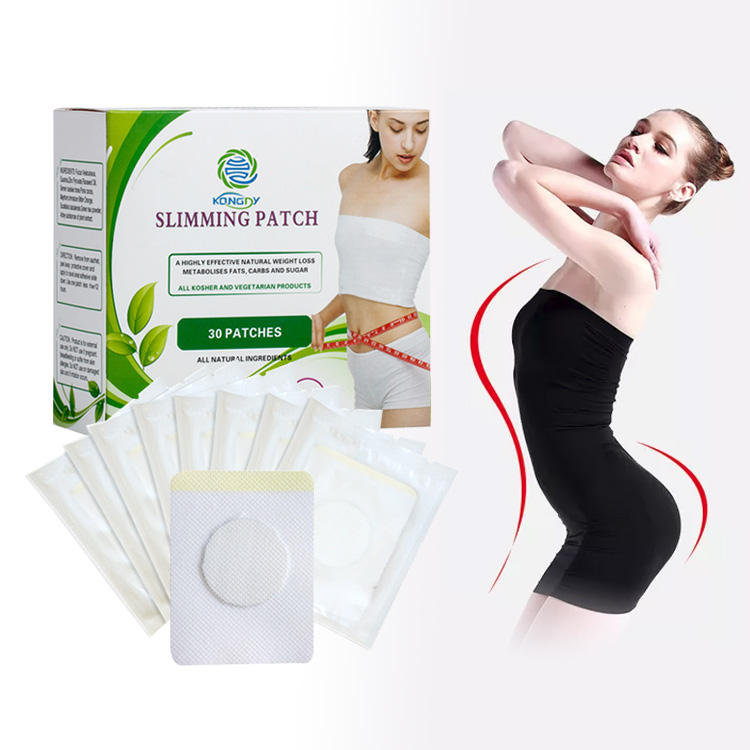Author:Kangdi 25-07-2024
The production of slim patches is a sophisticated process that combines principles of pharmaceutical manufacturing with advanced adhesive technology. Slim patch factories are specialized facilities that operate under strict quality control measures to ensure the safety and efficacy of their products.
The manufacturing process begins with the careful selection and sourcing of active ingredients. These often include natural extracts and compounds known for their potential weight management properties. Quality control at this stage is crucial, with rigorous testing for purity and potency of each component.
In the formulation area, skilled chemists work to create the perfect blend of active ingredients and excipients. This mixture must not only be effective but also stable and suitable for transdermal delivery. Advanced mixing equipment ensures uniform distribution of ingredients throughout the base material.
The patch production itself involves a complex layering process. A backing layer, which protects the patch and prevents it from sticking to clothing, is first prepared. The drug-in-adhesive layer, containing the active ingredients, is then precisely applied. Many factories use cutting-edge spraying technologies to ensure even distribution of the active mixture across the adhesive layer.
Quality control continues throughout the production process. Each batch undergoes testing for adhesive properties, drug content uniformity, and release rate. Sophisticated analytical equipment, such as high-performance liquid chromatography (HPLC) machines, allows for precise measurement of active ingredients in each patch.
Packaging is another critical aspect of slim patch manufacturing. Many factories utilize automated cutting and packaging machines to ensure consistent patch size and sterile, airtight packaging. Some facilities have implemented eco-friendly initiatives, exploring biodegradable backing materials and recyclable packaging options.
Research and development play a vital role in slim patch factories. On-site laboratories continually work on improving formulations, exploring new active ingredients, and developing enhanced delivery systems to increase the efficacy of the patches.
As the market evolves, slim patch factories are adapting to meet changing consumer preferences and regulatory requirements. This includes exploring organic certifications, developing patches with targeted effects (such as appetite suppression or metabolism boosting), and investing in technologies to improve patch adhesion and comfort.
The slim patch factory stands as a testament to the intersection of cosmetic science, pharmaceutical technology, and consumer wellness trends, producing products that aim to offer convenient solutions in the quest for weight management.
 0086 19937104978
0086 19937104978





